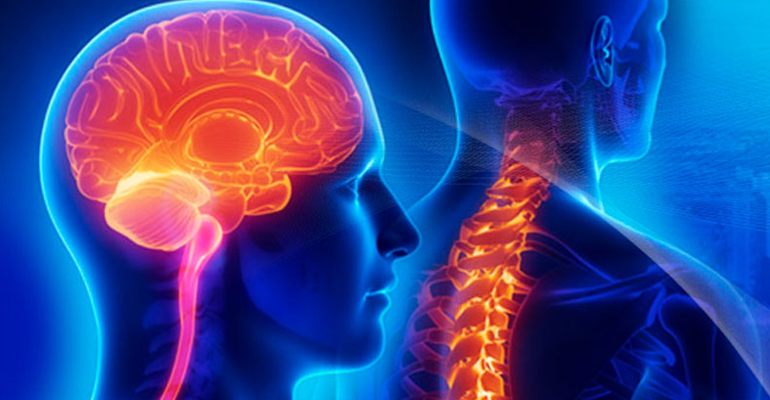

Brain and spine tumors are abnormal growths of tissue within the central nervous system (CNS), which includes the brain and spinal cord. These tumors can be benign (non-cancerous) or malignant (cancerous). They can originate from the brain or spine tissue itself, or they may result from the spread of cancer from other parts of the body (metastatic tumors).
Here are some key points about brain and spine tumors:
Types of Tumors:
Primary Brain Tumors: These tumors originate in the brain and are categorized as either benign or malignant. Common types include gliomas, meningiomas, and pituitary tumors.
Spinal Cord Tumors: Tumors that develop within the spinal cord can be either intramedullary (arising within the spinal cord) or extramedullary (occurring outside the spinal cord). Examples include ependymomas and schwannomas.
Causes:
The exact cause of most brain and spine tumors is often unknown. However, certain risk factors, such as exposure to ionizing radiation, genetic factors, and certain hereditary conditions, may increase the risk of developing these tumors.
Symptoms:
The symptoms of brain and spine tumors can vary widely depending on their location, size, and type. Common symptoms include headaches, seizures, changes in vision or hearing, difficulty walking, and neurological deficits.
Diagnosis:
Diagnosis typically involves a combination of imaging studies, such as magnetic resonance imaging (MRI) or computed tomography (CT) scans, and sometimes a biopsy to analyze the tumor tissue. Lumbar punctures may be performed to analyze cerebrospinal fluid in certain cases.
Treatment:
Treatment options depend on the type, location, and grade of the tumor. Options may include surgery, radiation therapy, chemotherapy, and targeted therapies. The choice of treatment is often personalized based on the individual patient's condition.
Prognosis:
Prognosis varies widely and depends on factors such as the type of tumor, its grade, location, and the overall health of the patient. Benign tumors may be successfully treated with surgery, while malignant tumors may require a combination of surgery, radiation, and chemotherapy.
Supportive Care:
Patients with brain and spine tumors often require supportive care to manage symptoms and improve quality of life. This may include pain management, rehabilitation, and psychological support for both the patient and their caregivers.
Research and Advances:
Ongoing research is aimed at understanding the molecular and genetic basis of brain and spine tumors, leading to the development of targeted therapies. Advances in imaging technology and treatment modalities continue to improve the diagnosis and management of these tumors.